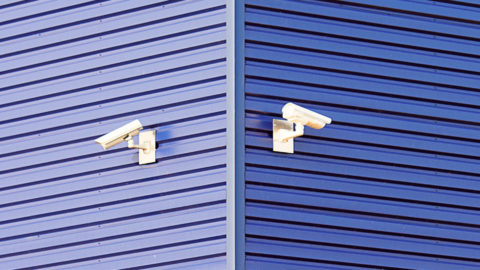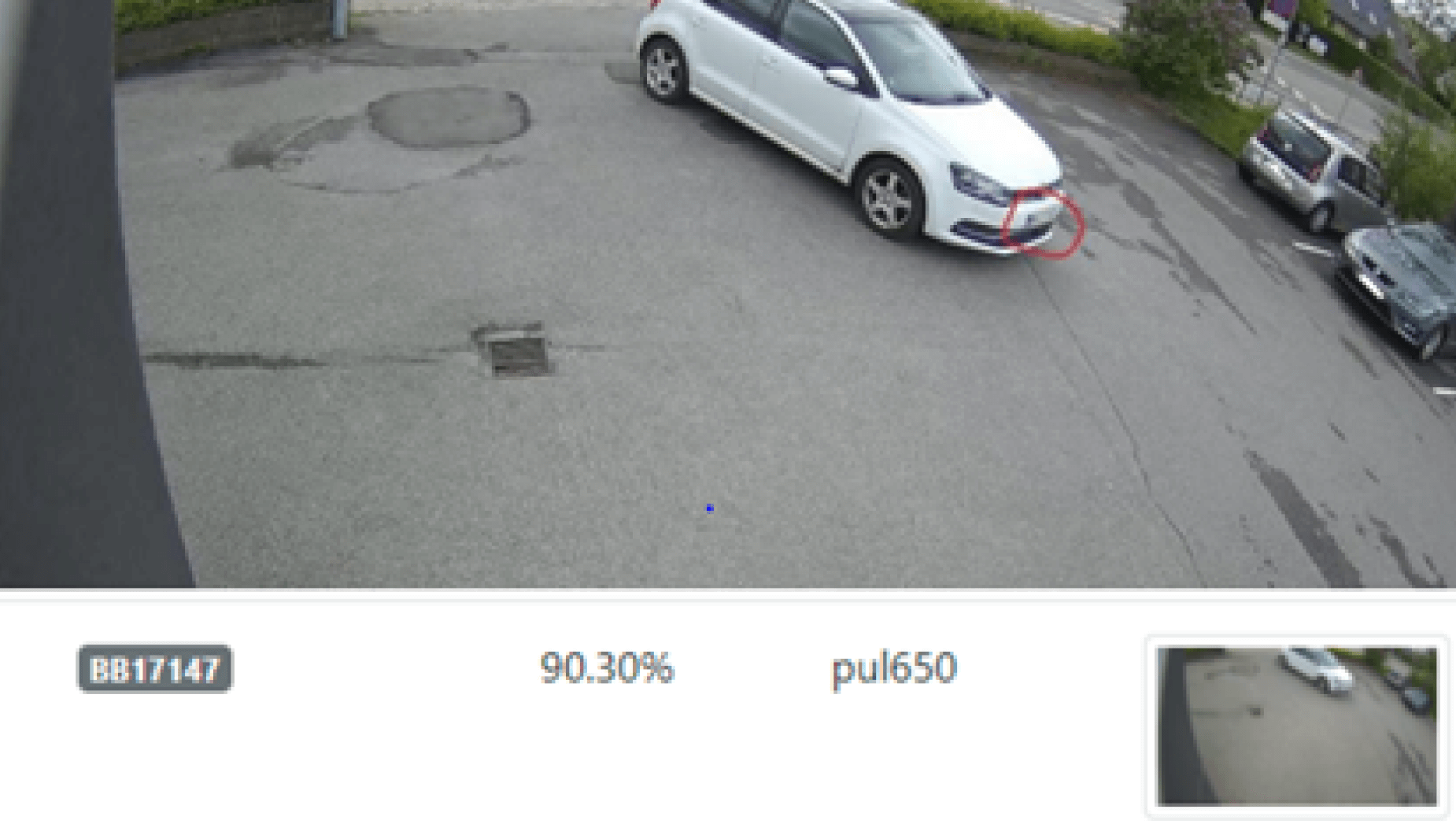What is video surveillance in the cloud?
Cloud-based video surveillance is a relatively new concept, even though the technologies have been available for some time.
Many of us are already familiar with cloud storage through work or personal projects. The popularity of cloud storage increased with the advent of Covid-19 when remote work became common. Similarly, cloud-based video surveillance enables quick, easy, and unlimited global access to monitoring recordings. This solution is ideal for conducting remote surveillance.
Why is video surveillance moving to the cloud?
The reason video surveillance is moving to the cloud is primarily to enhance security.
As intelligent and more advanced cyberattacks are on the rise, it’s essential to leverage network security measures. Cloud video is a good solution because many cloud platforms are designed with robust security measures as fundamental components.
Other reasons include:
- Freeing up local storage space.
- Reducing network issues and vulnerabilities.
- Easy access to recordings anytime, from anywhere, and on any device.
- Flexibility to increase storage and only pay for what is needed.

Fordelene er mange med cloud videoovervågning
When it comes to cloud video surveillance, there are many benefits, including better image quality, easy storage placement, and greater accessibility.
Get unlimited storage at any time, secured by a high level of security to prevent unauthorized access to the network.
Use it as a backup solution if a local server goes down. Obtain a centralized surveillance system that can work with recordings from a large number of locations.
Access new features and tools that make it easier to manage video surveillance and recording. Scale and customize to meet any need, from small and medium-sized businesses to large enterprises.
Gain a deeper understanding of the benefits of implementing cloud video surveillance by keeping an eye on our customers’ stories or exploring our I.V.O. solution.
Challenges for NVR or DVR recording systems
NVRs and DVRs are still prevalent in businesses for storing recordings and for use in closed systems (CCTV). However, both of these systems have several obvious drawbacks.
NVR recorders:
- High hardware costs and ongoing maintenance expenses.
- Inconvenient access to recordings as each camera has software installed for remote access.
- Significant risk of losing recordings, such as due to disk failure or theft of the NVR.
- Requires regular security updates, which are often overlooked, potentially creating vulnerabilities and providing a possible entry point into the company’s network.
DVR recorders:
- Poor image quality and lower frames per second (FPS) make it difficult to capture details such as faces and license plates.
- Requires additional cabling for audio and video, making DVR vulnerable to vandalism and preventing the use of wireless cameras.
- Limited area coverage, necessitating more cameras.
- No remote access to recordings since the DVR is not on the network.
Cameras for cloud video surveillance

Where are the biggest differences between cameras connected to NVR/DVR systems compared to cloud systems?
Compared to NVR/DVR systems, cameras connected to cloud systems have several advantages, such as better data security, intelligent search, and easier scalability. It is also possible to remotely control the recordings, making it easier to monitor and manage incidents.
+10,000 camera models are supported by I.V.O.
I.V.O has a unique approach and delivers the most flexible and comprehensive cloud solution, where we can support +10,000 camera models.









